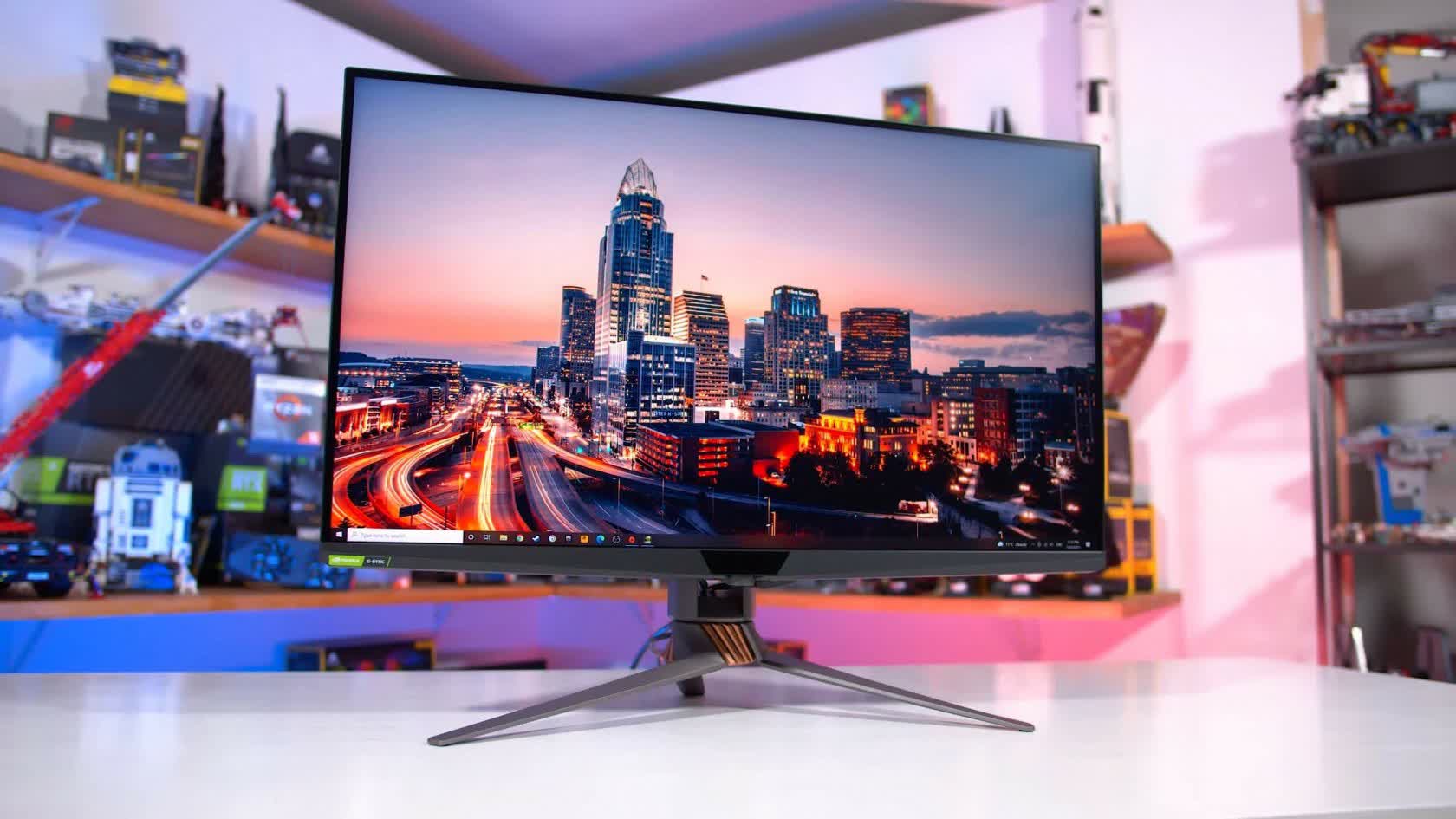The Asus ROG Swift PG32UQX is a latest generation, true HDR monitor. One of the first ever 32-inch 4K 144Hz monitors and one of the few gaming monitors with a mini-LED full array local dimming backlight.
https://www.techspot.com/review/2288-asus-rog-swift-pg32uqx/
